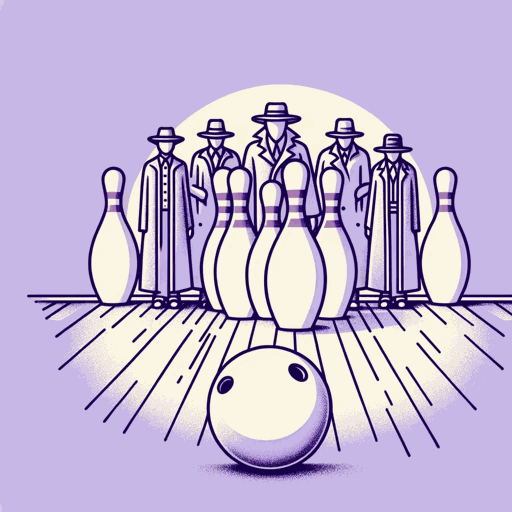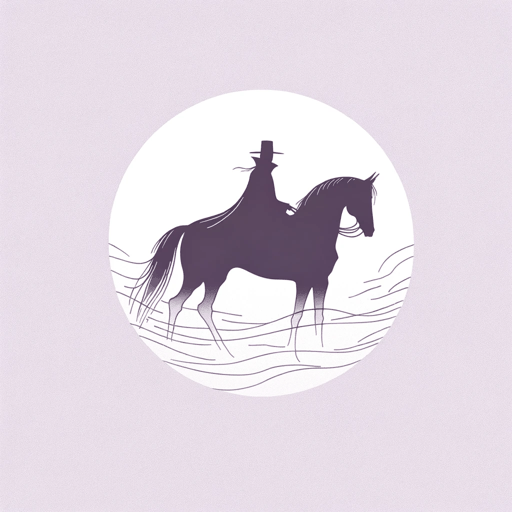33 pages • 1 hour read
Washington IrvingRip Van Winkle
Fiction | Short Story | Adult | Published in 1819A modern alternative to SparkNotes and CliffsNotes, SuperSummary offers high-quality Study Guides with detailed chapter summaries and analysis of major themes, characters, and more. For select classroom titles, we also provide Teaching Guides with discussion and quiz questions to prompt student engagement.
After Reading
Discussion/Analysis Prompt
Consider Irving’s purpose in writing “Rip Van Winkle.” What messages might be conveyed to his audience through its telling? What lessons or morals might be learned from Rip’s experience? Consider the cultural implications of Romanticism and the Revolutionary War in your response.
Teaching Suggestion: Students may find it beneficial to review Romanticism to analyze the short story through a critical literary lens. Consider discussing the elements of Romanticism and asking students to record examples from the short story that support this viewpoint. Students can then analyze Irving’s intended purpose for the story.
Differentiation Suggestion: Students who require additional assistance with analysis may find it beneficial to work in small groups to analyze elements of Romanticism in the story. Each student could take one element of American Romanticism—the common man/woman, the idealization of women, individualism, isolation, and nature. Consider allowing students to draw conclusions about the story in these groups before sharing aloud with peers.
Activity
Use this activity to engage all types of learners, while requiring that they refer to and incorporate details from the text over the course of the activity.
“Rip Van Winkle as an Allegorical Work”
In this activity, students will identify the allegorical elements of “Rip Van Winkle” using evidence from the text to support their response.
Related Titles
By Washington Irving



